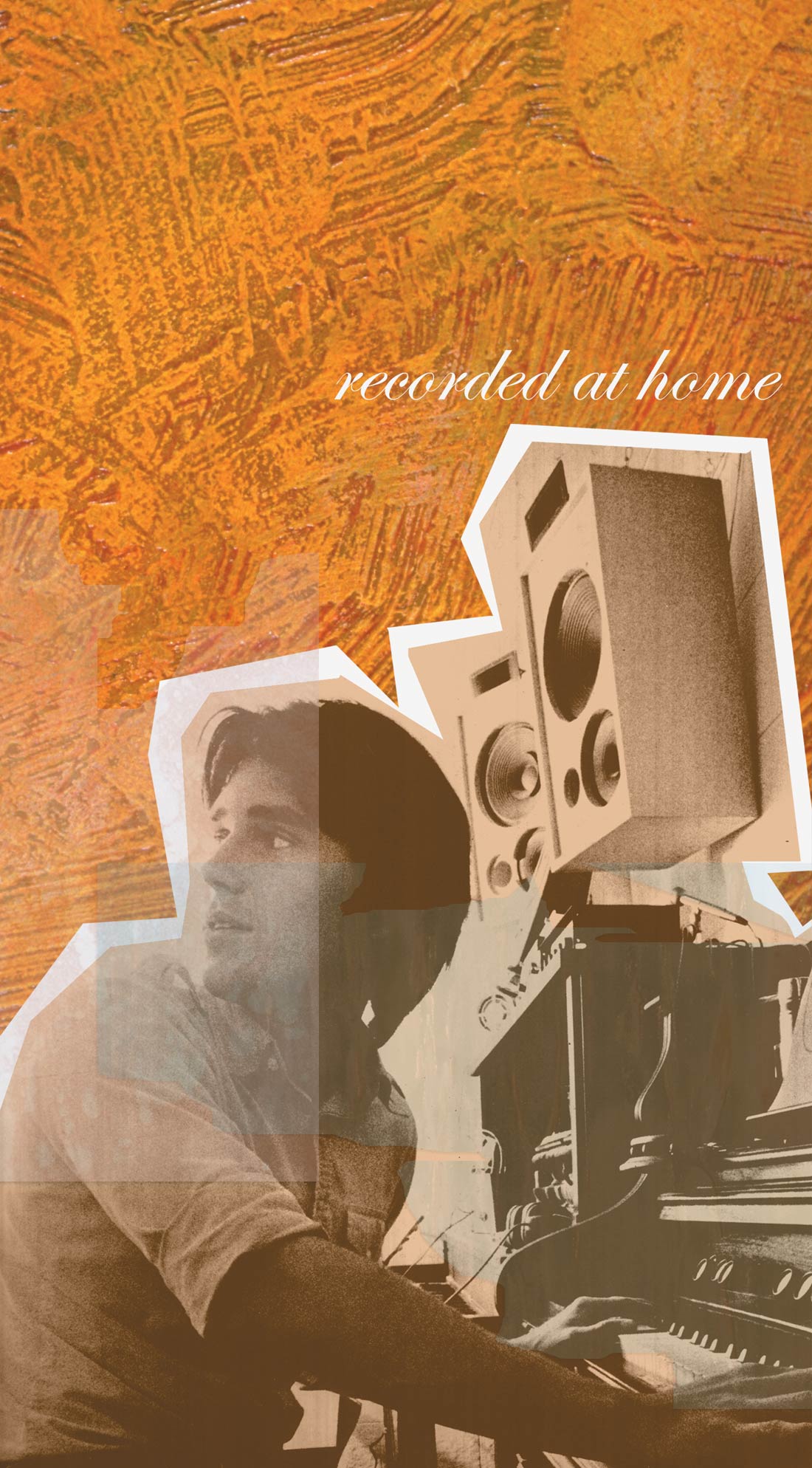Ribbon mics are all the rage these days and deservedly so. With their sharp detail and warm, accurate sound reproduction, ribbons have become the new flavor-of-the-month in the audio world, especially with the advent of digital technology. I myself have been lusting after one (or more) of these beauties for a few years now. However, most of the better ribbon mics manufactured today are very pricey, some as much as a few thousand dollars. What's a poor engineer to do? Thankfully, there is a very viable, affordable and excellent option for my fellow cash-strapped audiophiles: Stephen Sank DX mod'ed Beyer ribbon mics. Stephen Sank's father operated RCA's mic division for almost 15 years. His son has taken the knowledge passed on from his father and applies it to inexpensive ribbon mics-like Beyers-thus making them far more effective and responsive. The mod basically employs replacement of the pre-existing ribbon with an RCA 77-D/DX ribbon, making these puppies really come alive.
The Beyer ribbon mics, M-130, M-160, M-260, M- 320, M-360, and M-500, all use the same ribbon element, which is semi-rigid and rather thick. It is corrugated only near each end, to allow movement, but is longitudinally pleated through the major middle section. This is essentially a compromise between a ribbon and a dynamic (more accurately, what RCA used to call an inductor mic). It provides high durability at the expense of high distortion (especially in the upper end) and considerable bass coloration (due to a ribbon self-resonance in the range of 150 Hz). RCA ribbon mics use a much lighter ribbon that is corrugated along the full length, for maximum compliance with air movement. Properly tensioned, the resonance is in the 10-15 Hz subsonic range, yielding virtually no bass coloration, except as inflicted by the physical construction of mic body. Distortion is extremely low at any frequency. Although it hasn't yet been measured, the max SPL of a modified Beyer seems to be higher by a good bit than the stock ribbon, due to the corrugated RCA ribbon's far greater ability to recover from overload.
It happens that the Beyer ribbon is exactly the same width as an RCA 77-D/DX ribbon and about the same length as well. Installing a 77 ribbon into an M-260 mic results in a mic that sounds amazingly like a real 77-DX, without the optional low cut for close use. I have put this modified mic to use on percussion, acoustic instruments, and guitar amps; and I am very, very pleased. The same mod applied to an M-500 makes for improvements with a different flavor. Installing a 77 ribbon does not change the M-500 from a close mic to a distant mic, as it does with the M-260, because the modified M-500 still exhibits a low-end rolloff and a presence peak. However, the bass is cleaner, and the presence peak is considerably reduced. On my new record, I wanted a more detailed, accurate, and "in your face" vocal, and that's what I got with the DX mod'ed M-500. At $125 for the cost of modification, I think Stephen Sank's work represents a good performance/cost value. Perhaps the best investment I have made in audio yet! (stephensank.com)




_disp_horizontal_bw.jpg)